Paleoart stands at the fascinating intersection of science and creativity, where artists breathe life into ancient creatures known only from fossilized remains. These skilled professionals transform fragments of bone and scientific data into vibrant recreations of extinct animals that capture our imagination and advance our understanding of prehistoric life. Their work adorns museum halls, science textbooks, and blockbuster films, shaping how we visualize dinosaurs and other long-vanished species. But how exactly do paleoartists turn dusty bones into dynamic beasts? This article explores the remarkable process, techniques, and challenges of paleoart – a discipline where rigorous science meets artistic vision.
The Evolution of Paleoart: From Victorian Guesswork to Modern Science
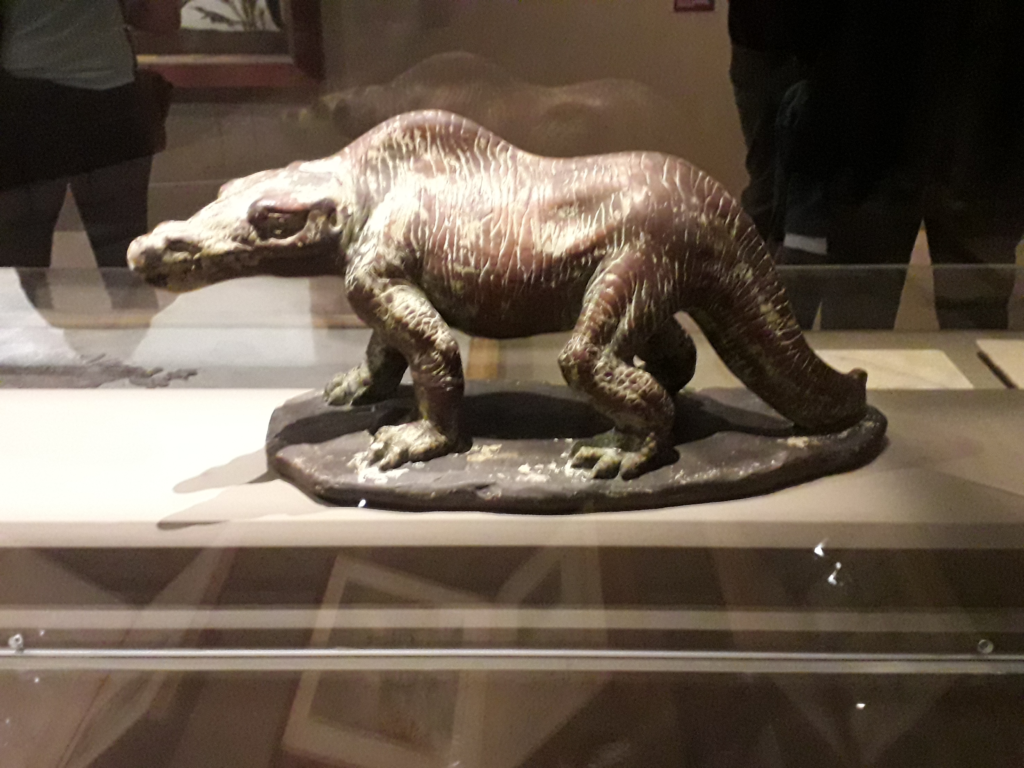
Paleoart has undergone a dramatic transformation since its beginnings in the 19th century, when artists like Waterhouse Hawkins created the first life-sized dinosaur reconstructions based on very limited fossil evidence. These early attempts, while groundbreaking, often resulted in creatures that resembled upright lizards or dragons rather than scientifically accurate representations. As paleontology advanced through the 20th century, so did paleoart – the “Dinosaur Renaissance” of the 1960s and 1970s, spearheaded by artists like Robert Bakker, reimagined dinosaurs as active, warm-blooded animals rather than sluggish reptiles. Today’s paleoartists benefit from sophisticated technologies like CT scanning and biomechanical modeling, allowing for reconstructions informed by a wealth of data unavailable to their predecessors. Modern paleoart reflects our constantly evolving understanding of extinct creatures, with each new fossil discovery potentially changing how we visualize ancient life.
The Scientific Foundation: From Fossil to Framework
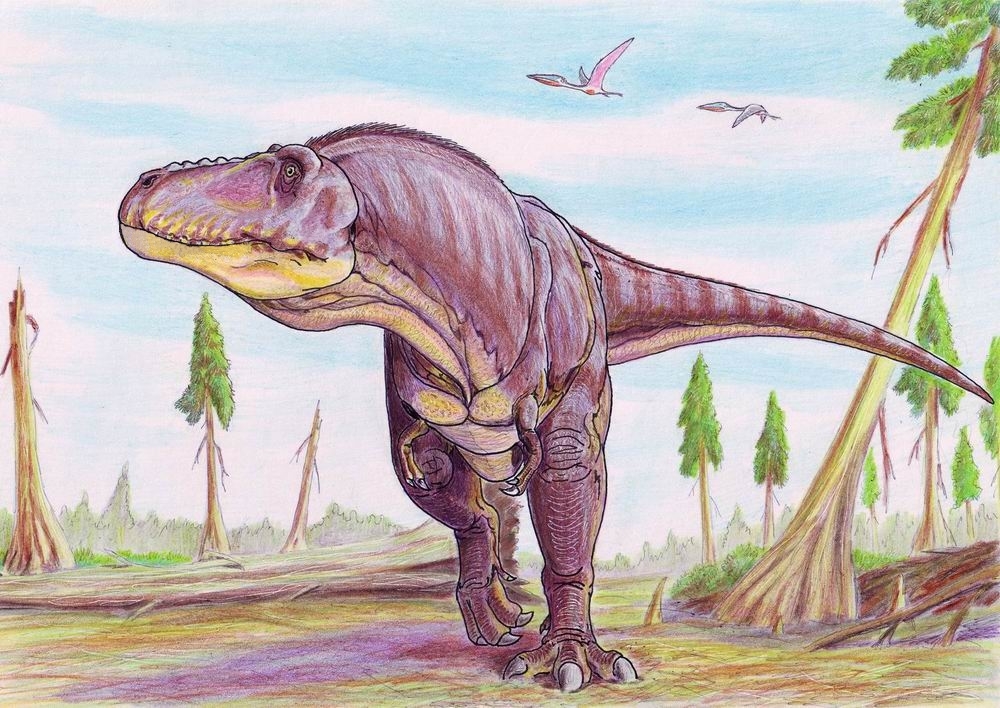
Before a paleoartist puts pencil to paper, they must immerse themselves in the scientific literature surrounding their subject. This research phase involves studying peer-reviewed papers on the species’ anatomy, examining photographs and measurements of existing fossils, and understanding the geological context in which the creature lived. Many paleoartists collaborate directly with paleontologists, ensuring their reconstructions align with current scientific consensus. The skeleton forms the literal backbone of any reconstruction, with artists carefully mapping out bone relationships and articulation points. When fossils are incomplete – as they frequently are – artists must make informed decisions about missing elements by studying closely related species or evolutionary patterns. This skeletal framework determines crucial aspects like posture, locomotion style, and overall proportions, ensuring the finished artwork has a solid scientific foundation beneath its more speculative elements.
Muscling In: Adding Soft Tissues to the Skeleton

Once the skeletal structure is established, paleoartists begin the challenging process of adding musculature to the frame. This stage relies heavily on comparative anatomy – studying how muscles attach to bones in modern animals to infer similar patterns in extinct species. Muscle scars on fossils provide crucial clues, as these rough patches on bones indicate where muscles once attached. Artists often follow the Extant Phylogenetic Bracket approach, examining the closest living relatives on either side of the extinct animal’s evolutionary branch to make reasonable inferences about soft tissue structure. For dinosaurs, this typically means studying both birds and crocodilians. The process requires building layers of deep muscles that would have powered movement, followed by more superficial muscles that refined those movements. Paleoartists must consider both form and function, ensuring the muscular system they design would work as a biomechanical unit capable of supporting the creature’s presumed lifestyle and behaviors.
Skin Deep: Determining Textures and Coverings

Determining an extinct animal’s external appearance represents one of the most speculative aspects of paleoart, yet even here, science provides valuable guidance. Rare fossil impressions of skin, scales, or feathers offer direct evidence of external coverings for some species. For example, numerous feathered dinosaur fossils from China have revolutionized how we depict theropod dinosaurs, while skin impressions from hadrosaurs reveal intricate scale patterns. When such direct evidence is unavailable, artists again turn to evolutionary relationships and ecological adaptations. The color and texture of skin, scales, or fur might be influenced by the animal’s habitat – was it a forest dweller needing camouflage, or did it inhabit open plains? Modern analogues with similar lifestyles can suggest appropriate adaptations. Some exceptionally preserved fossils have even revealed melanin patterns, allowing scientists to determine actual coloration in certain extinct creatures like Microraptor, whose feathers displayed an iridescent blue-black sheen similar to modern crows.
The Art of Scientific Speculation

Despite paleoart’s firm grounding in science, artists inevitably encounter gaps in the fossil record that require informed speculation. This speculative element doesn’t mean abandoning scientific principles – rather, it demands applying them creatively while clearly distinguishing between what’s known and what’s inferred. Responsible paleoartists approach speculation with transparency, often creating multiple versions of a reconstruction to acknowledge areas of uncertainty. They might consult with scientists about the plausibility of certain features or behaviors before including them in artwork. The best paleoart explicitly engages with this tension between known facts and creative reconstruction, sometimes even incorporating alternative interpretations in the same piece. Many artists now include accompanying text explaining their reasoning behind speculative elements, turning their artwork into educational tools that highlight both the strengths and limitations of paleontological knowledge. This approach transforms potential weaknesses into strengths, using creative speculation to spark scientific discussion rather than mislead viewers.
Environmental Context: Placing Beasts in Their Ancient Worlds

A scientifically accurate animal reconstruction exists within an equally researched environmental context, as habitat profoundly influences both appearance and behavior. Paleoartists consult paleobotanists and geologists to understand the landscapes their subjects inhabited, incorporating appropriate plant life, geological features, and atmospheric conditions from the relevant period. These environmental reconstructions draw on fossil pollen, plant remains, sediment analysis, and climate models to create accurate settings. The Mesozoic world of dinosaurs, for instance, featured plant communities dominated by conifers, cycads, ginkgoes, and ferns rather than the flowering plants that predominate today. Creating authentic prehistoric landscapes requires avoiding anachronistic elements – no flowering meadows for Stegosaurus or grass for Triceratops, as these plants hadn’t yet evolved. Environmental context also informs behavioral reconstructions, as animals interact with their surroundings through feeding, nesting, or seeking shelter, adding narrative depth to paleoart that helps viewers understand extinct creatures as once-living animals within complex ecosystems.
Digital Revolution: New Tools Transforming the Field
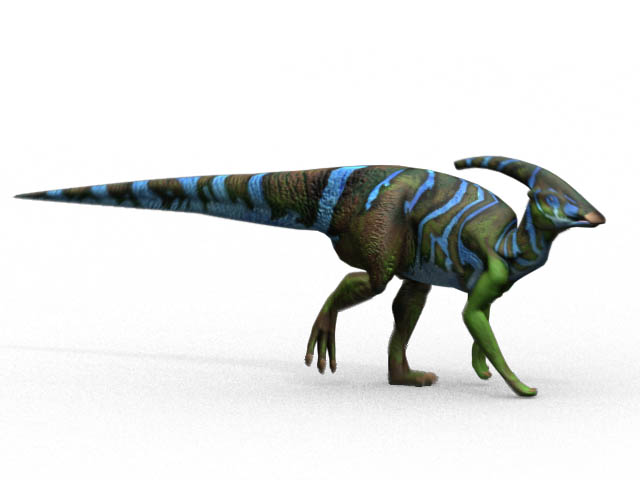
Digital technology has revolutionized paleoart, expanding both the toolset available to artists and the scientific rigor of their creations. Computer modeling software allows artists to build extinct animals from the skeleton outward in three dimensions, testing biomechanical hypotheses about movement and posture before finalizing designs. These 3D models can be subjected to stress tests and range-of-motion analyses that reveal whether proposed reconstructions could function in the physical world. CT scanning technology provides unprecedented insights into fossil internal structures, revealing previously hidden anatomical details that inform artistic reconstructions. Digital painting programs offer unlimited revisions, allowing artists to quickly update their work as discoveries emerge. Some paleoartists collaborate with animation specialists to create moving reconstructions that test hypotheses about locomotion and behavior. The digital revolution has also democratized the field, with online communities bringing together professional and amateur paleoartists from around the world to share techniques, discuss scientific developments, and collaboratively advance the discipline through open exchange of ideas.
Masters of the Craft: Influential Paleoartists Through History
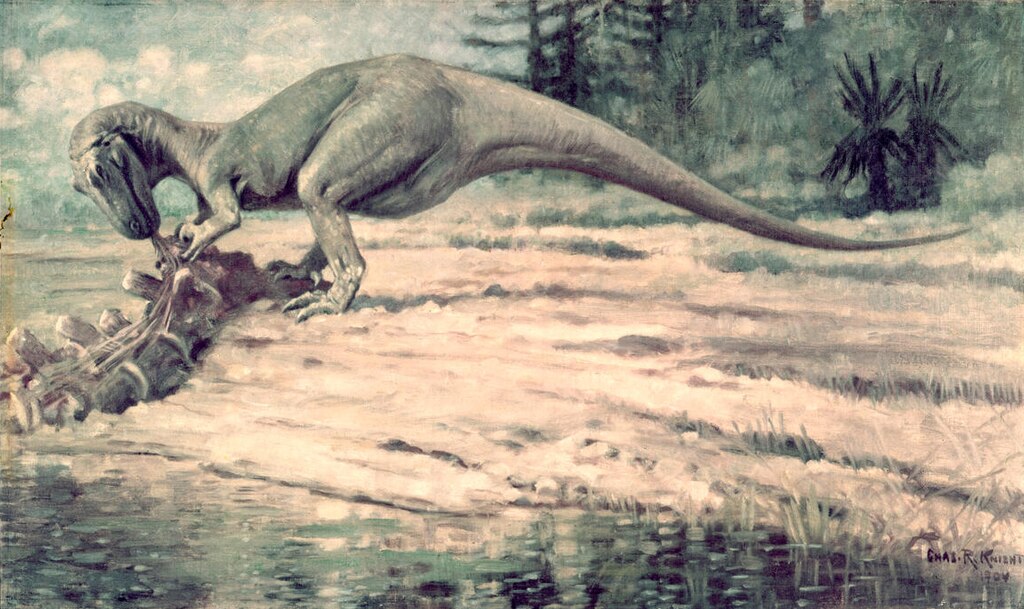
Throughout paleoart’s evolution, certain practitioners have defined the field through their innovative approaches and scientific rigor. Charles R. Knight’s paintings from the early 20th century established many enduring dinosaur images, combining careful study of fossils with observations of living animals to create dynamic compositions that influenced generations of artists. Zdeněk Burian’s mid-century work brought unprecedented anatomical detail and environmental context to prehistoric scenes, while contemporaries like Rudolph Zallinger created iconic museum murals that shaped public perception of evolution. The revolutionary art of Gregory S. Paul in the 1980s and 1990s emphasized dinosaurs’ relationship to birds and introduced a more scientific, diagram-like approach that prioritized anatomical accuracy over artistic flourish. Today’s influential practitioners include artists like Julius Csotonyi, who combines traditional techniques with digital tools to create scientifically rigorous yet visually stunning reconstructions, and Emily Willoughby, whose meticulous feathered dinosaur illustrations highlight the bird-dinosaur connection. These masters demonstrate how the field continually reinvents itself while maintaining a commitment to scientific accuracy.
When New Discoveries Change Everything

Paleoart exists in a constant state of revision as new fossil discoveries frequently upend established views of extinct life. The discovery of feathered dinosaurs in China’s Liaoning Province during the 1990s triggered perhaps the most dramatic shift in paleoart history, transforming how artists depict theropod dinosaurs from scaly reptiles to feathered proto-birds. Similarly, the discovery of Spinosaurus remains in Morocco revealed a more aquatic predator than previously imagined, with paddle-like tail adaptations for swimming that required a complete rethinking of this dinosaur’s lifestyle and appearance. When such paradigm-shifting discoveries occur, paleoartists must often discard years of established conventions and reimagine creatures anew. This constant evolution keeps the field vibrant but can create public confusion when familiar depictions suddenly change. Many paleoartists view these revisions not as setbacks but as exciting opportunities to pioneer new visual interpretations based on improved scientific understanding. Their willingness to adapt illustrates how paleoart, unlike purely creative endeavors, maintains a dynamic relationship with emerging scientific evidence.
The Challenge of Accurate Body Mass and Proportions
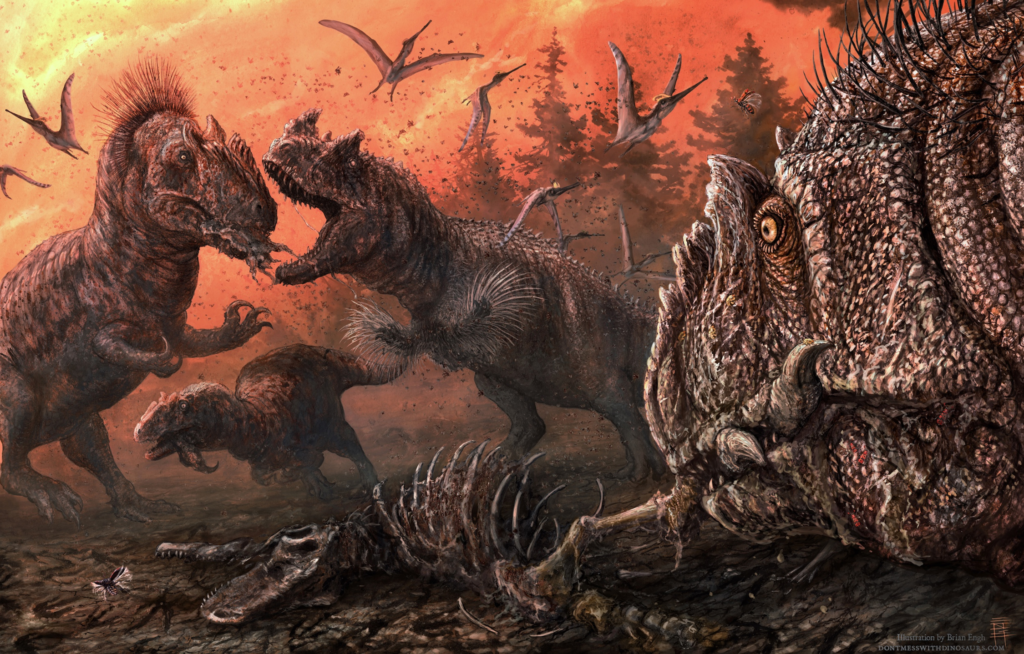
Determining the actual size, weight, and proportions of extinct animals presents one of paleoart’s most fundamental challenges. Fossils provide the basic dimensions, but translating bone measurements into living mass requires sophisticated techniques. Modern methods include volumetric calculations where artists create 3D models and apply tissue density estimates to determine probable weight ranges. The amount of flesh surrounding bones varies significantly between species – compare the slender legs of a cheetah to the massive limbs of an elephant with similar bone lengths, requiring artists to make informed decisions about how much soft tissue to add to their skeletal reconstructions. Body mass estimates particularly impact depictions of sauropod dinosaurs, whose size has been both overestimated and underestimated throughout paleoart history. Artists must also consider how body proportions change throughout an animal’s growth, as many fossils represent juvenile or sub-adult specimens rather than full-grown individuals. These considerations demonstrate how even the most basic aspects of reconstruction require blending scientific analysis with artistic judgment to create plausible representations of extinct life.
Bringing Behavior to Life: The Science of Prehistoric Action

Perhaps the most challenging aspect of paleoart involves depicting behaviors that were never directly observed by human eyes. Responsible artists ground behavioral reconstructions in multiple lines of evidence, beginning with anatomical indicators – sharp teeth suggest predatory behavior, while wing structures indicate flight capabilities or display functions. Trace fossils provide direct evidence of behaviors, with footprints revealing gait patterns, nesting sites showing reproductive behaviors, and coprolites (fossilized feces) offering insights into diets. Pathologies in fossils, like healed injuries or signs of disease, can suggest behaviors that led to these conditions or how animals coped with them. Comparative studies of living relatives provide additional behavioral models – crocodilian nesting behaviors might inform depictions of related extinct reptiles. Paleoartists must balance between scientifically supported behaviors and speculative ones, often focusing compositions around activities with stronger evidence while avoiding highly speculative scenes that might mislead viewers. By anchoring behavioral reconstructions in multiple evidence sources, artists create scenes that are not merely plausible but represent our best current understanding of how extinct animals lived.
Cultural Impact: How Paleoart Shapes Public Understanding
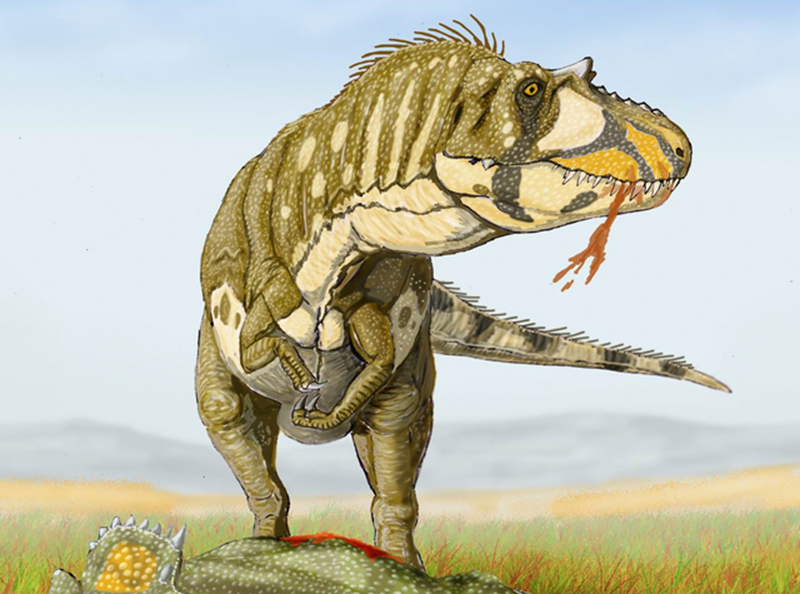
Paleoart wields enormous influence over how the public conceptualizes prehistoric life, often carrying greater cultural weight than the scientific papers on which it’s based. The brown-skinned, scaly Tyrannosaurus rex popularized in the 1993 film “Jurassic Park” shaped a generation’s understanding of dinosaurs, despite being based on then-current science that would soon be revised with discoveries of possible feathering. Museum displays featuring paleoart reach millions of visitors annually, making artistic reconstructions the primary means through which most people encounter paleontological concepts. This cultural influence carries significant responsibility, as inaccurate or outdated reconstructions can perpetuate misconceptions for decades. Recognizing this impact, many museums now regularly update their paleoart to reflect current science, sometimes displaying multiple interpretations of the same creature to highlight evolving understanding. The most effective educational paleoart explicitly acknowledges areas of uncertainty while still providing compelling visualizations that capture public imagination. By balancing scientific accuracy with artistic appeal, paleoartists serve as crucial translators between the technical world of paleontology and broader public understanding.
The Future of Bringing Prehistoric Life to Visual Reality
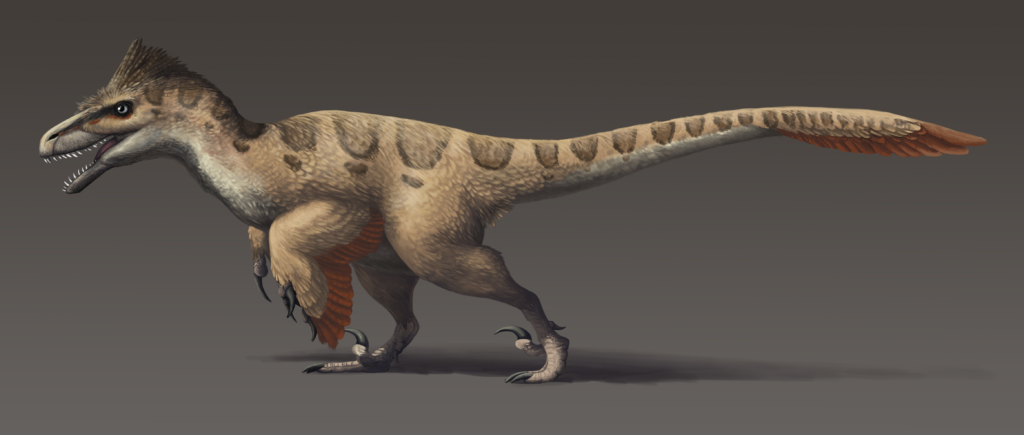
The field of paleoart continues evolving rapidly alongside advances in both scientific understanding and artistic technologies. Emerging technologies like virtual reality now allow viewers to “walk alongside” reconstructed prehistoric animals in immersive digital environments, while augmented reality applications can superimpose extinct creatures onto modern landscapes through smartphone screens. Scientific advances in molecular paleontology, which studies preserved organic compounds in fossils, may soon provide direct evidence of soft tissue structures and even coloration patterns previously considered unknowable. Multidisciplinary collaboration between artists, paleontologists, biomechanical engineers, and computer scientists increasingly characterizes cutting-edge paleoart projects, replacing the traditional single-artist approach with team-based reconstructions that leverage diverse expertise. As climate change and biodiversity loss threaten modern ecosystems, paleoart depicting past extinction events and environmental changes takes on new relevance, connecting ancient lessons to contemporary challenges. The future likely holds increasingly accurate yet still artistically compelling visions of prehistoric life, as paleoartists continue refining their ability to transform fragmentary fossil evidence into vibrant recreations of lost worlds that both educate and inspire.
Conclusion
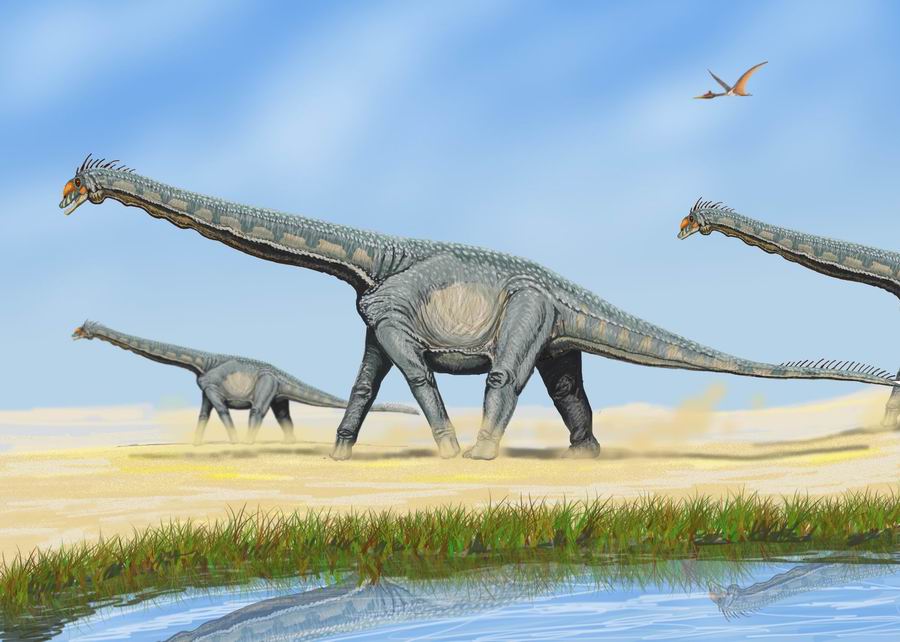
The transformation of fossilized remains into vivid reconstructions of extinct creatures represents one of science’s most remarkable collaborative achievements. Paleoartists serve as essential bridges between specialized scientific knowledge and public understanding, translating technical data into images that capture imagination while conveying current paleontological thinking. Their work exists in perpetual refinement, evolving alongside scientific discoveries and technological capabilities. Though the complete accuracy of these reconstructions remains forever beyond our grasp—we can never photograph a living dinosaur for comparison—the methodical, evidence-based approach of modern paleoart brings us closer than ever to visualizing Earth’s lost inhabitants. As paleoart continues advancing through scientific rigor and artistic innovation, it offers not just glimpses of prehistoric life but insights into the collaborative process of scientific visualization itself—a testament to humanity’s enduring fascination with the creatures that came before us.




